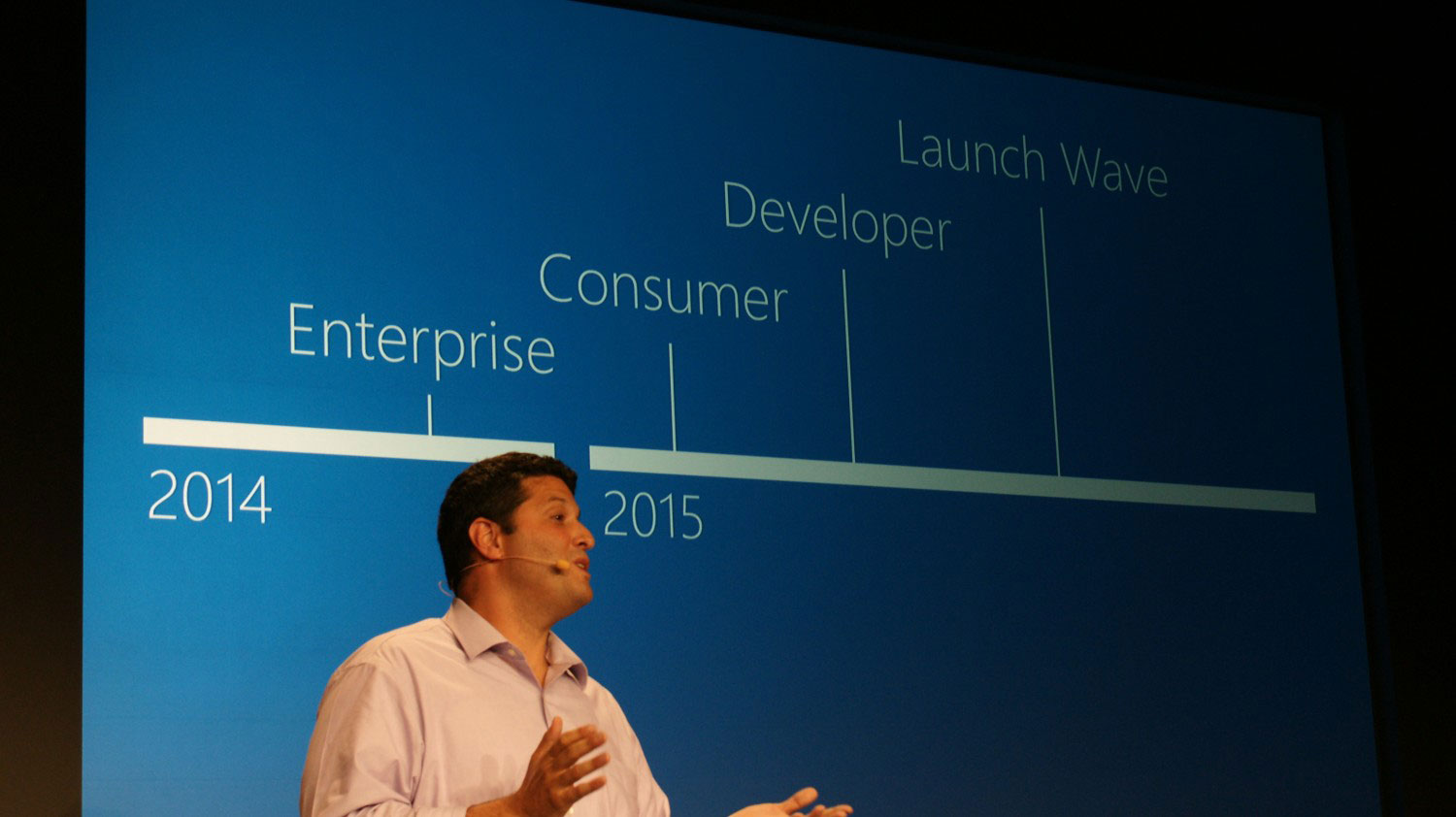The numbers are in. According to Microsoft, as many as 1.5 million devices have downloaded and activated copies of Microsoft Windows 10 Enterprise edition.
Since its official launch, consumers have downloaded and activates as many as 75 million copies of the brand new operating system, conquering 5% of the total PC market, so far. While that’s great news for Microsoft, many of the 75 million copies of Windows 10 were likely to be free upgrades as part of Microsoft’s ongoing offer, which will expire next year.

Windows 10 Enterprise edition is not eligible to free upgrades, which means that business customers actually paid for every single activated copy of Windows 10 on their business devices, within less than 2 months from the official launch.
Considering that enterprise upgrades have always followed a traditionally slow adoption in respect to consumer trends, the notion that businesses are upgrading to Windows 10 at this pace is most unusual, and worthy of attention.
Windows 10 Enterprise edition includes features not available on other versions, such as increased security, simpler management for IT administrators, Device Guard, and Enterprise Data Protection, which is built into the system to encrypt and protect data and the identity of employees accessing it.
In recent news, Bank of America is also planning a massive upgrade of its current infrastructure to Windows 10, which will likely occur next year. On such note, Microsoft’s main objectives is to simplify Windows Update for Business, and make the process as low-impact as possible, to a point of eliminating issues that could arise when updating services that are supposed to run on the clock, such as automatic teller machines, and vending kiosks.